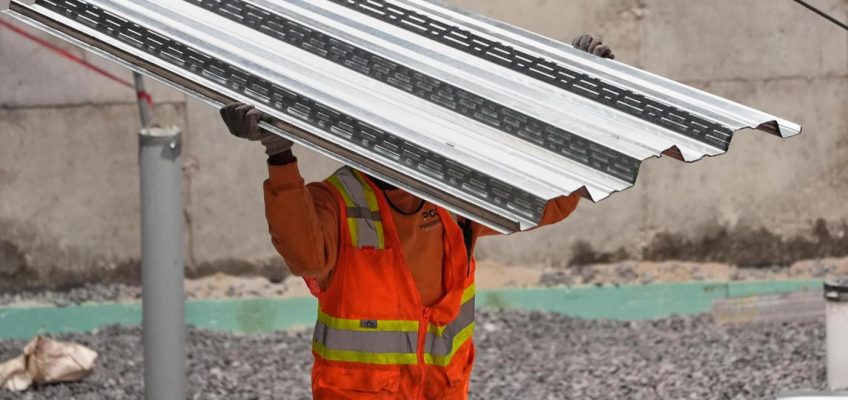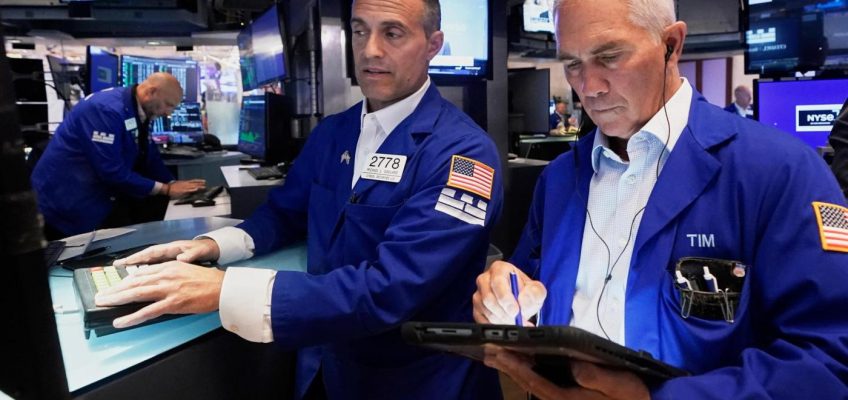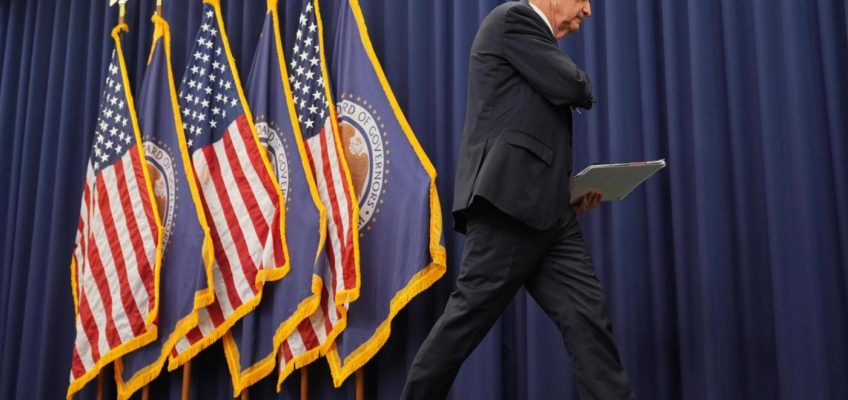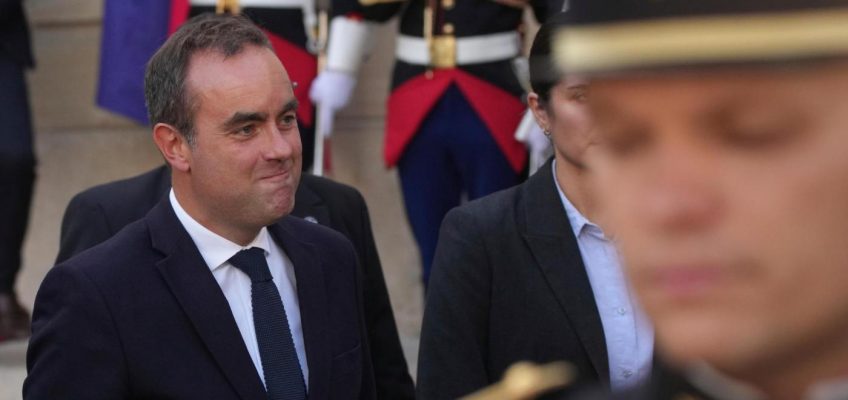By MATT OTT, Associated Press Business Writer
The number of Americans applying for jobless aid last week retreated significantly after surging to a nearly four-year high a week earlier.
U.S. filings for unemployment benefits for the week ending Sept. 13 fell by 33,000 to 231,000, the Labor Department reported Thursday. That’s less than the 241,000 analysts surveyed by the data firm FactSet had forecast.
Related Articles
Wall Street poised to open at record levels following the Fed’s first rate cut of 2025
Federal Reserve shows unexpected unity, independence as it weathers Trump’s attacks
American Express Platinum Card gets pricier and adds new perks, including a $400 dining credit
Cracker Barrel expects weaker sales and restaurant traffic after logo controversy
Ticket marketplace StubHub slips on the public stage in its trading debut on Wall Street
The previous week, applications surged to 264,000, their highest level since the week of Oct. 23, 2021. Last week’s figure was revised up by 1,000.
Concerns about the health of the American labor market led the Federal Reserve to cut its key interest rate by a quarter-point on Wednesday as many expected.
The rate cut is a sign that the central bank’s focus has shifted quickly from inflation to jobs as hiring has grounded nearly to a halt in recent months. Lower interest rates could reduce borrowing costs for mortgages, car loans, and business loans, and boost growth and hiring. The problem is that it can also exacerbate inflation, which remains above the Fed’s 2% target.
Last week, the Bureau of Labor Statistics issued a massive preliminary revision of U.S. job gains for the 12 months ending in March, further evidence that the labor market has not been as strong as previously thought.
The BLS’s revised figures showed that U.S. employers added 911,000 fewer jobs than originally reported in the year ending in March 2025, The report showed that job gains were tapering long before President Donald Trump rolled out his far-reaching tariffs on U.S. trading partners in April.
The department issues the revisions every year, intending to better account for new businesses and ones that had gone out of business. Final revisions will come out in February 2026.
The updated figures came after the agency reported earlier this month that the economy generated just 22,000 jobs in August, well below the 80,000 economists were expecting.
Earlier this month, the government reported that U.S. employers advertised 7.2 million job openings at the end of July, the first time since April of 2021 that there were more unemployed Americans than job postings.
The July employment report, which showed job gains of just 73,000 and included huge downward revisions for June and May, sent financial markets spiraling and prompted Trump to fire the head of the agency that compiles the monthly data.
The various labor market reports have bolstered fears that Trump’s erratic economic policies, including the unpredictable taxes on imports, have created so much uncertainty that businesses are reluctant to hire.
Broader U.S. economic growth has weakened so far this year as many companies have pulled back on expansion projects amid the uncertainty surrounding the impacts of the tariffs. Growth slowed to about a 1.3% annual rate in the first half of the year, down from 2.5% in 2024.
Thursday’s unemployment benefits report showed that the four-week average of claims, which evens out some of the week-to-week volatility, fell by 750 to 240,000.
The total number of Americans collecting unemployment benefits for the previous week of Sept. 6 fell by 7,000 to 1.92 million.
Weekly applications for jobless benefits are considered representative of layoffs and have mostly settled in a historically low range between 200,000 and 250,000 since the U.S. began to emerge from the COVID-19 pandemic nearly four years ago.




